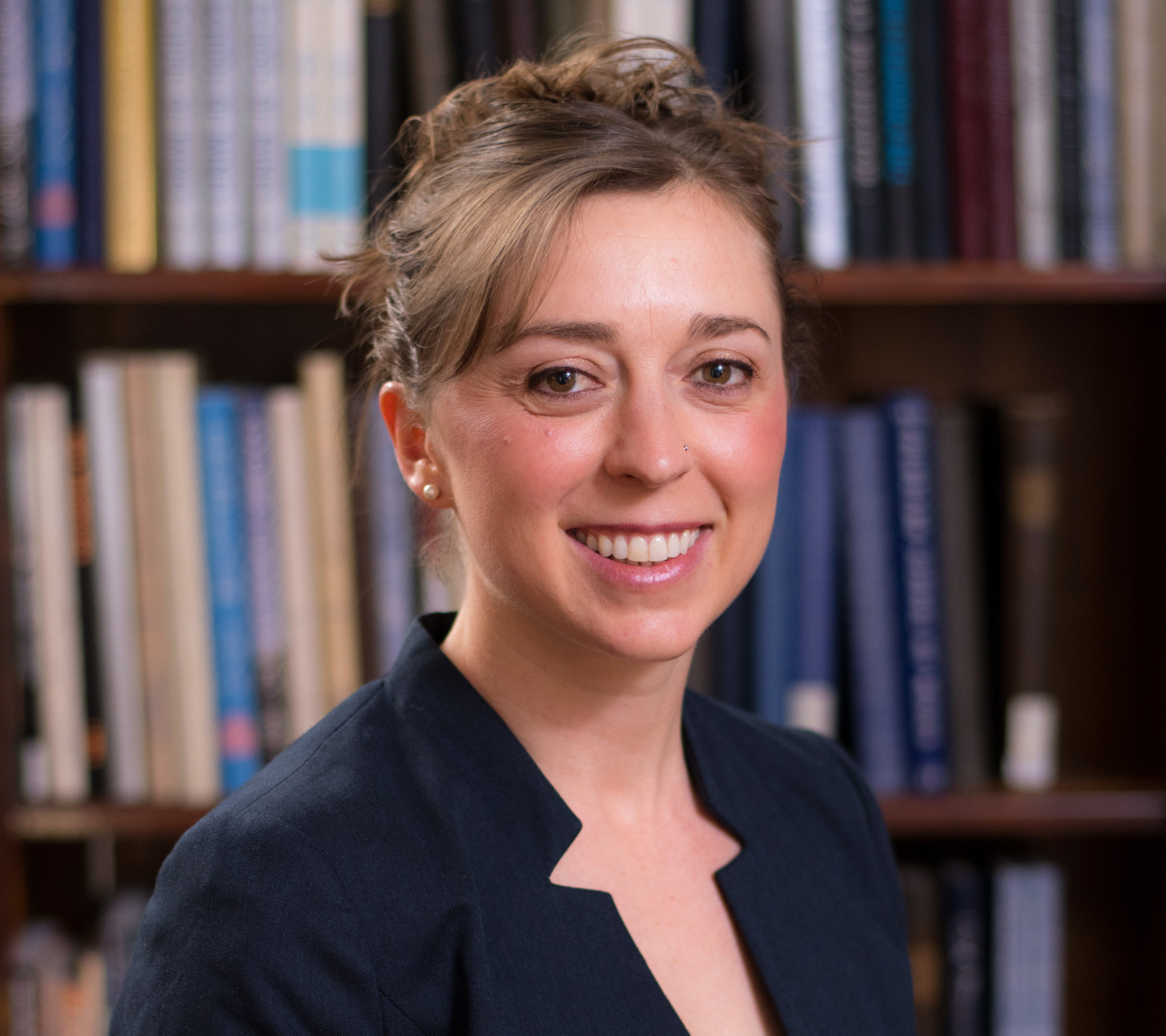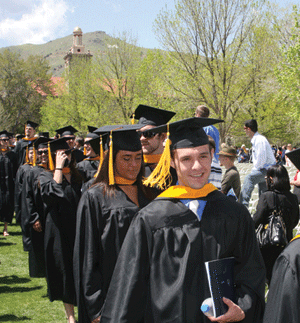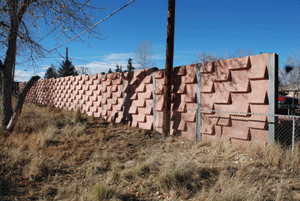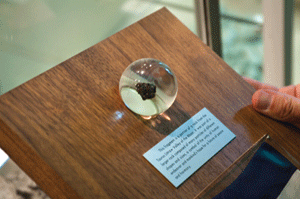An interdisciplinary perspective

In many ways, a thorough knowledge of geology establishes much of the foundation for mining, which was certainly the case for Elizabeth Holley PhD ’12, a geologist by training who is now a faculty member in the Mining Engineering Department at Mines.
We sat down with Holley to talk about the intersections between the two disciplines, one of her recent projects and what the Mines experience is like for her. Here’s what we learned:
She builds bridges between geology and mining to benefit both fields.
Holley first came to Mines for her PhD in geology, which she completed in 2012. But she didn’t leave Mines after graduation—instead, she became an assistant professor
of mining engineering to help bring an interdisciplinary focus to both mining and geology at the university.
“We use geological tools to solve problems throughout the mining life cycle, whether it’s in exploration, mine development, mineral processing, safety or reclamation,” Holley said. “Mines is really the place to be working on the application of geology to sustainable use of earth resources. I think by intersecting with other disciplines,
we can create a more informed and even better industry.”
She likes scientific controversy.
Nearly 80 percent of all gold produced in the U.S. comes from Carlin-type deposits—sedimentary rock-hosted,
low-grade disseminated gold deposits—in northern Nevada, but scientists still don’t agree on how they came to be and whether or not the deposits were created from magmatic fluids. Holley was awarded a National Science Foundation CAREER Award last year to study these deposits and tackle the scientific debate.
“These deposits are fascinating, because there’s so much gold there, but we don’t fully understand how it got there,” Holley said. “Carlin-type deposits are, by their physical characteristics, very difficult to study scientifically. The ore minerals are very small, and they’re not associated with many other minerals that are easy to examine using common geological techniques. If we’re trying to understand how the gold was emplaced in these deposits,
we need to find a Rosetta Stone that explains it to us.”
Holley and her research team are focusing on a less-studied region in Nevada called the Battle Mountain district and will employ geochronology and thermochronology techniques as well as stable isotope geochemistry to try to fingerprint the processes that emplace the gold.
“One of the newer things we’re doing is using nanoscale secondary ion mass spectrometry, which hasn’t ever been thoroughly applied in these kinds of deposits and is ideal for very fine-grained materials,” Holley said. “We’re also working in a district with a range of deposit types rather than just studying the biggest, most world-class Carlin-type deposits. We’re trying to investigate whether there’s a continuum between definitively magmatic deposits and Carlin-style gold. Whether or not we can solve that problem, we will certainly learn interesting things.”
Her work supports other educators, specifically those at the K-12 level.
As part of her CAREER Award, Holley is partnering with the Colorado Mining Association Education Foundation’s All About Mining program to provide training for K-12 teachers in mining and related subjects that they can take back to their classrooms.
“Teachers in the program are invited to work with our research group, and we hope to help them develop curricula related to our project that they can bring into their own K-12 classrooms,” she explained.
Holley and her mining geology research group also make themselves available for in-person or virtual classroom visits to talk about a variety of things, from technical subject matter related to geology and mining to more generalized topics, like what it’s like to work in STEM. And being able to connect with other teachers and younger students is something that’s close to Holley’s heart.
“I’ve always wanted to teach because it provides me with the opportunity to have the highest impact on the world. The students are the ones who are going to go out and make big changes in industry, government, academia and public policy,” she said. “Getting to work with them is a
real privilege.”
The connections the university provides is one aspect of the Mines experience that is invaluable to her.
“I’m privileged to be at an institution that supports excellence in both fundamental and applied research, specifically in natural resources, and I’ve had the opportunity to work with excellent students, and my industry collaborations have been very positive.” Holley said. “Mines is really a meeting place for very high-quality people. It’s a great place to engage with problem solvers and thinkers in my field.”





